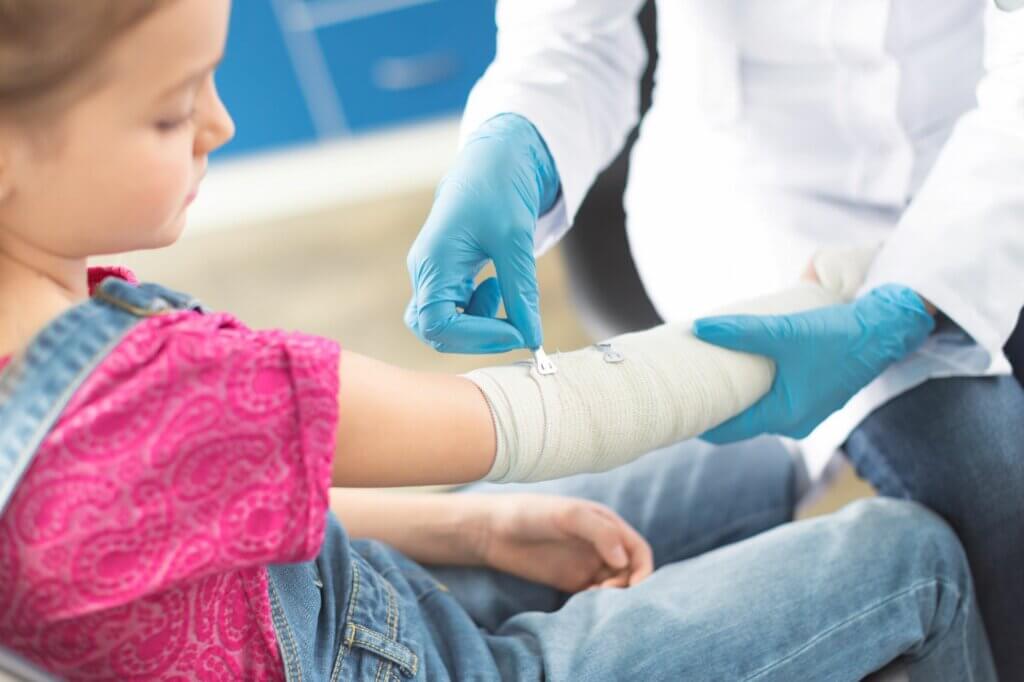When your child breaks a bone, it can be a stressful and worrisome experience for both the child and the parent. Knowing what to expect and how to respond can make the situation more manageable. Here’s a guide on recognizing the signs of a broken bone, providing first aid, navigating the healing process, and offering emotional support.
1. Recognizing the Signs of a Broken Bone
Broken bones are not always obvious. Look out for these signs:
- Severe pain, especially in one specific area
- Swelling and bruising
- Deformity or abnormal bending
- Inability or unwillingness to move the injured part
- A grating noise or feeling in the limb
2. First Aid Steps
If you notice any of the above signs and suspect your child has broken a bone:
- Keep your child still and calm.
- Do not try to reset the bone yourself.
- Immobilize the affected area. If you have a splint, apply it to the limb, but do not attempt to move the limb into position.
- Apply ice wrapped in cloth to the injured area to reduce swelling.
- Elevate the limb if possible.

3. Going to the Doctor
Seek medical attention immediately if you suspect a broken bone. The doctor will likely perform an X-ray to confirm the break and determine the best course of treatment.
4. Types of Treatment
The treatment for a broken bone depends on the severity and location of the break. Common treatments include casting or splinting to keep the bone immobile while it heals, pain management with prescription or over-the-counter pain relief, and in some cases, surgery may be suggested to realign and stabilize the bone.
5. The Healing Process
Children’s bones usually heal faster than adults’, but the time varies depending on the child’s age and the type of break. Follow-up appointments are important to monitor healing and make sure everything is healing correctly.
During this time, ensure your child follows the doctor’s instructions for care and any restrictions on physical activity. Also, ensure your child eats a balanced diet rich in calcium and vitamin D to support bone healing.
6. Providing Emotional Support
A broken bone can be frightening and frustrating for a child. You can provide emotional support by listening to their fears and frustrations and explaining the healing process in an age-appropriate way. Encourage them to express their feelings through talking or drawing, and keep them engaged with safe activities they can enjoy while healing.
7. Preparing for a Return to Activities
Once the bone has healed, your child may need physical therapy to regain strength and flexibility. Gradually reintroduce activities, and encourage your child, but don’t rush the process.
A broken bone can be a significant event in a child’s life, but with proper care, support, and patience, your child can fully recover and return to their regular activities.
This blog post is intended for informational purposes only. If you have further questions, schedule an appointment with your provider.